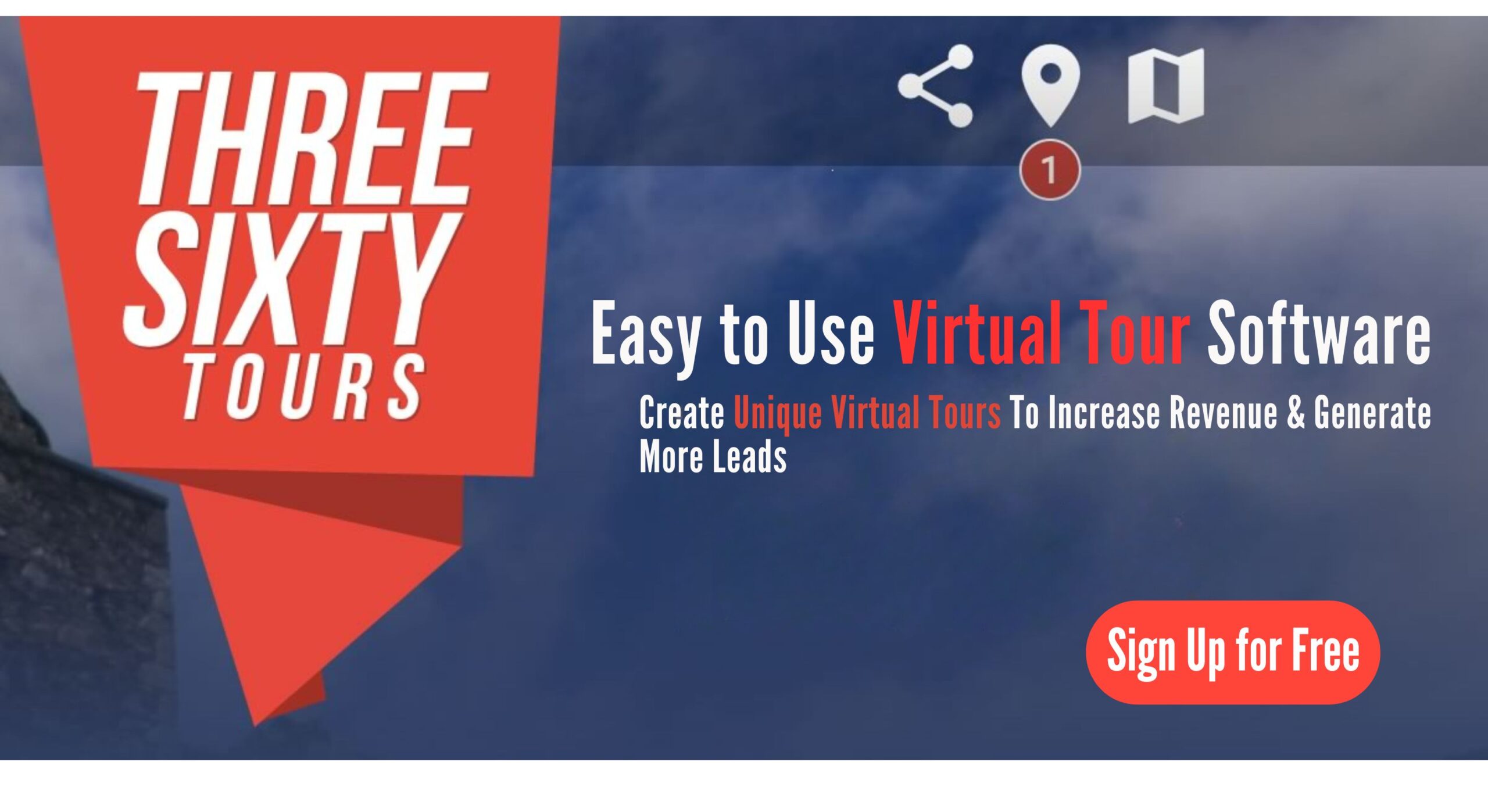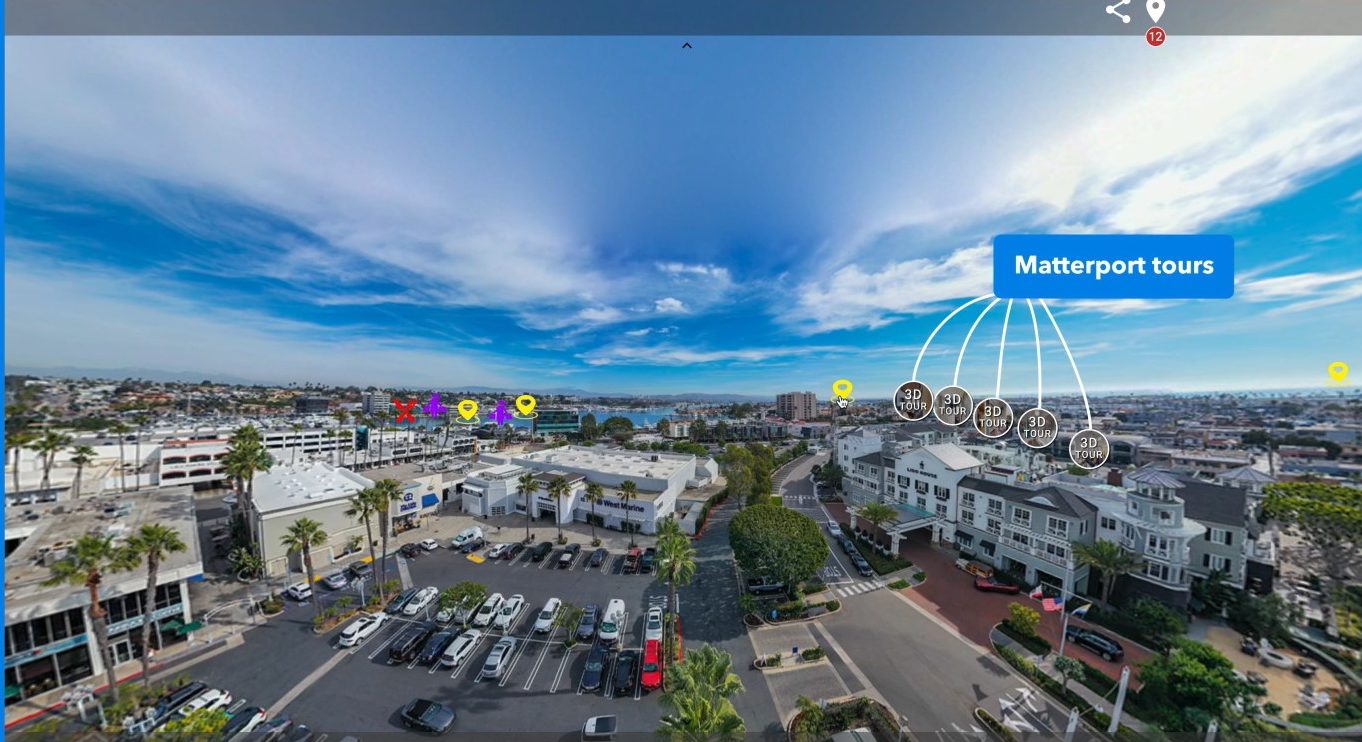360 image viewer online
360 Image Viewer Online: A Comprehensive Guide for Photographers and Real Estate Agents
In today’s fast-paced digital world, visual content is more important than ever. One of the most exciting developments in visual storytelling is the 360-degree image. These immersive visuals let viewers explore a scene in every direction—left, right, up, and down—creating a truly interactive experience.
For photographers and real estate professionals, 360 image viewers offer a powerful way to showcase spaces, tell stories, and connect with audiences. In this guide, we’ll break down what a 360 image viewer online is, how it works, and why platforms like www.threesixty.tours are changing the game. Whether you’re a seasoned pro or just getting started, this article will help you tap into the potential of 360-degree imagery.
I. Introduction
A 360 image viewer online is a web-based tool that lets users interact with panoramic images in a fully immersive way. Unlike traditional photos, which show a single perspective, 360 images let viewers look around as if they were standing inside the scene.
These viewers work on desktops, smartphones, and even VR headsets—no downloads or special software required. This makes them incredibly accessible and easy to use.
Industries like real estate, photography, tourism, and marketing are embracing this technology. Key uses include:
- Real estate agents use 360 viewers to give virtual property tours.
- Photographers use them to create interactive portfolios.
- Hotels and travel destinations use them to attract visitors by showcasing their spaces in a more engaging way.
This guide will walk you through the basics of 360 image technology. It will cover what features to look for in a viewer, the benefits of using one, and a roundup of top platforms—including www.threesixty.tours. By the end, you’ll know exactly how to use 360 image viewers to enhance your visual storytelling.
II. Understanding 360 Image Technology
To use a 360 image viewer effectively, it helps to understand how these images are made and why they’re different from regular photos.
A. How 360 Images Are Created
360-degree images are usually created using special cameras like the Ricoh Theta, Insta360, or GoPro MAX. These cameras have two lenses that capture the front and back of a scene at the same time. The images are then stitched together using software to create a seamless, spherical view.
If you’re a photographer looking for high-quality results, you can also create 360 images manually. This involves:
- Taking multiple overlapping shots using a DSLR and a panoramic tripod head.
- Stitching them together using software like PTGui, Adobe Photoshop, or Hugin.
This method takes more time but gives you full control over the final image.
B. Formats for 360 Images
Once your image is ready, it needs to be saved in a format that works with 360 viewers. The most common format is the equirectangular projection. This is a flat, rectangular image that represents a 360-degree view.
Most online viewers, including www.threesixty.tours, support this format. Other common file types include JPEG and PNG, but they need to be encoded properly to work as 360 images. Some advanced tools also support HDR and RAW formats for higher quality.
C. 360 Images vs. Traditional Images
Traditional photos capture a single frame. They’re great for focusing attention on one subject. However, they don’t offer much interaction.
360 images, on the other hand, let viewers explore the entire scene. This creates a more engaging and immersive experience. Key differences include:
- For real estate agents, this means buyers can virtually walk through a property.
- For photographers, it opens up new creative possibilities.
You can tell stories not just through composition, but through space and movement.
Understanding these basics is key to choosing the right tools and getting the most out of your 360 content.
III. Features of a Quality 360 Image Viewer
Not all 360 image viewers are created equal. The one you choose can have a big impact on how your audience experiences your content.
A. User Interface and User Experience (UI/UX)
A good 360 image viewer should be easy to use. Look for:
- A clean design
- Smooth navigation
- Intuitive controls like drag-to-look and zoom
You don’t want your audience struggling to figure out how to use it. Platforms like www.threesixty.tours focus on simplicity. Their user-friendly interface ensures that viewers can focus on the content, not the controls.
B. Interactivity Options
Interactivity is what makes 360 images so powerful. Features like:
- Clickable hotspots
- Zoom
- Scene transitions
can turn a simple image into a full virtual tour. Hotspots are especially useful. You can use them to:
- Add text
- Add videos
- Include links
- Jump to another 360 image
This means guiding buyers through a home and highlighting key features. For photographers, it means adding narrative layers to your work.
C. Device Compatibility
Your 360 image viewer should work on any device—desktop, tablet, smartphone, or VR headset. With so many users browsing on mobile, a responsive design is a must.
Support for VR headsets like Oculus or Google Cardboard can take the experience to the next level. Platforms like www.threesixty.tours offer full cross-device compatibility, ensuring that your content looks great everywhere.
D. File Format Support
Different projects require different file types. A reliable viewer should support a wide range of formats, including:
- JPEG
- PNG
- Equirectangular images
This flexibility saves time and helps maintain image quality. You won’t have to waste time converting files or dealing with compatibility issues.
IV. Benefits of Using an Online 360 Image Viewer
Using a 360 image viewer online isn’t just about cool visuals—it offers real business benefits too.
A. Accessibility and Convenience
One of the biggest perks is that your content is available anytime, anywhere. Viewers can explore your images from any device with an internet connection.
For real estate agents, this means potential buyers can tour properties without scheduling an in-person visit. For photographers, it means your portfolio is always ready to impress—just share a link.
B. Enhanced Storytelling and Engagement
360 images let viewers take control of their experience. They can explore a scene at their own pace, which leads to deeper engagement. This is a game-changer for storytelling. Key points include:
- Showcasing a home
- Presenting a landscape
- Documenting an event
360 images create a sense of presence that static photos can’t match.
C. Cost-Effectiveness
Creating a 360 virtual tour is often cheaper than producing videos or hosting in-person tours. Once your images are uploaded to a platform like www.threesixty.tours, they’re ready to use indefinitely.
No need for expensive hosting or custom web development. Many platforms offer affordable plans that include everything you need to get started.
D. Improved Visualizations
360 image viewers are great for visualizing spaces. Whether you’re in architecture, interior design, or event planning, they help clients see how everything fits together.
Photographers can also use them to document events or installations in a way that traditional photos can’t. It’s a creative edge that sets you apart.
V. Popular Online 360 Image Viewer Tools
There are several platforms out there, but not all are created with creatives and real estate pros in mind. Here’s a look at some of the top options.
A. Threesixty.tours
www.threesixty.tours is built specifically for photographers and real estate agents. It offers everything you need to create stunning virtual tours—no coding required.
- Add hotspots
- Add floor plans
- Add branding
- Simple interface
- Quick-loading tours thanks to cloud hosting
Flexible pricing plans make it accessible for freelancers and large teams alike. If you’re looking for a platform that balances ease of use with powerful features, www.threesixty.tours is a top choice.
B. Google VR View
Google VR View is a free, open-source tool for embedding 360 images and videos into websites and apps. It’s powerful but requires some coding knowledge, so it’s better suited for developers.
C. Kuula
Kuula is another user-friendly platform for creating and sharing 360 images. It offers:
- High-quality rendering
- Hotspot support
- VR compatibility
It’s popular in real estate and architecture circles.
D. PanoPress
PanoPress is a WordPress plugin that lets you embed 360 panoramas into your site. It’s great for photographers who already use WordPress, but it requires more setup and technical know-how.
Each of these tools has its strengths. But for simplicity, speed, and professional results, www.threesixty.tours stands out.
VI. Conclusion
The demand for immersive content is growing fast. For photographers and real estate professionals, 360 image viewers are a smart way to stay ahead of the curve.
They offer more than just cool visuals. They improve engagement, save time, reduce costs, and open up new creative opportunities. Whether you’re showcasing a luxury home or building an interactive portfolio, 360 images let your audience step inside your world.
Platforms like www.threesixty.tours make it easy to get started. With user-friendly tools, responsive design, and interactive features, you can focus on creating great content while the platform handles the tech.
Now’s the time to embrace this technology. Start exploring what 360 image viewers can do for your business. Visit www.threesixty.tours and bring your visuals to life in a whole new way.
Additional Resources:
- Learn more about equirectangular image projection from this in-depth guide by Google Developers.
- Explore the benefits of immersive content in real estate on Matterport’s blog.


